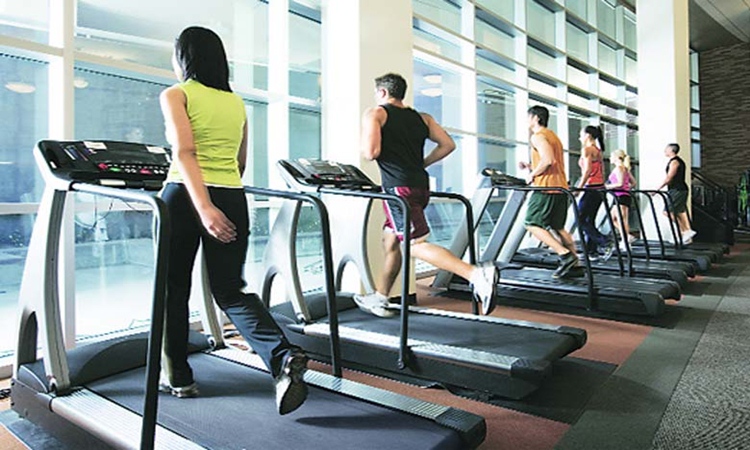Exercise in a Pill? Not So Fast
Research at the University of Sydney’s Charles Perkins Centre has identified a thousand molecular changes in muscles during exercise, providing the world’s first comprehensive exercise blueprint. Researchers have laid out a roadmap to achieve this and we need to wait to find that “exercise in a bottle”. With this exercise blueprint, though, researchers have proven that any drug that mimics exercise needs to target multiple molecules and possibly even pathways.
If the prospect of a morning jog makes your blood run cold then help might be at hand in the form of a new “exercise pill” which is being developed by scientists.
“Exercise produces an extremely complex, cascading set of responses within human muscle”. With this knowledge in hand, scientists may be better equipped to develop “exercise pills” that could mimic at least a few of the beneficial effects of physical exercise on the body.
Clearly people derive many other rewarding experiences from exercise, such as increased cognitive function, bone strength, and improved cardiovascular function, says Laher, adding that it is unrealistic to expect that exercise pills will fully be able to substitute for physical exercise at least not in the immediate future. The medication also could be helpful for people with spinal cord injuries.
One of the points that authors raise is the benefit that such pills could provide to people who are unable to exercise for want for physical strength or damage to an important part of their body or those who suffer from health complications.
Using a technique known as mass spectrometry to study a process called protein phosphorylation, they discovered that short, intensive exercise triggers more than 1,000 changes.
In a report published earlier this week in the science journal Cell Metabolism, the scientists say these reactions had all been brought about by the intense exercise routine the volunteers had been subjected to prior to collecting skeletal muscle biopsies and analyzing them.
Using analysis based on engineering as well as mathematics, the researchers used the blue print to examine how drugs in the future could trigger similar changes in the body as compared to what happens from exercises.
Professor James said: ‘We believe this is the key to unlocking the riddle of drug treatments to mimic exercise.








